Yoga Blog
Exploring the Power of Yoga: Bridging Mind and Body Harmony for Enhanced Well-being
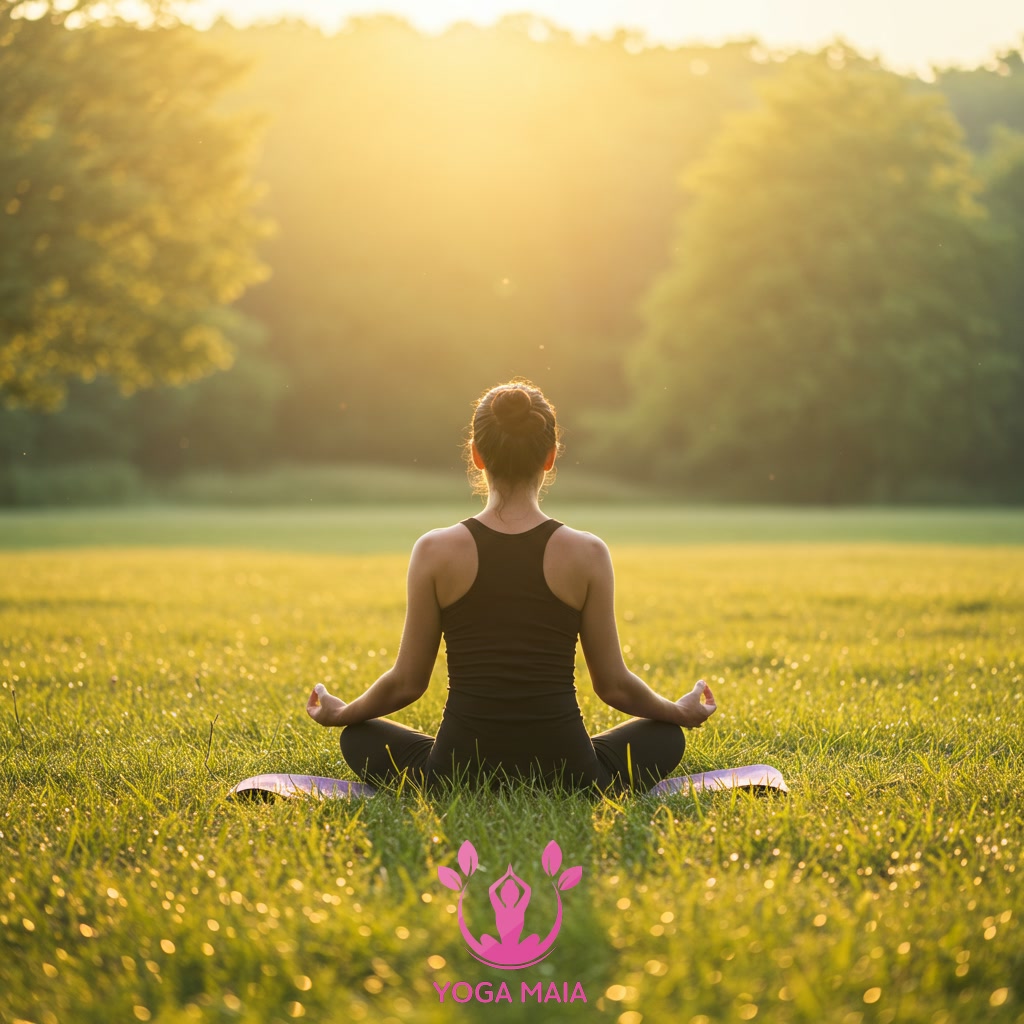
Yoga offers a powerful approach to achieving holistic well-being. This practice focuses on the vital connection between the mind and body. Through various techniques, yoga helps cultivate harmony and balance within oneself. Ultimately, exploring the power of yoga leads to improved overall health and enhanced quality of life.
Table of Contents
- Section 1: Introduction: Understanding the Essence of Yoga
- Section 2: The Physical Practice: Asanas, Pranayama, and Cleansing
- Section 3: Cultivating Inner Stillness: Yoga’s Mental and Spiritual Dimensions
- Section 4: Bridging Mind and Body: The Synergy in Yoga Practice
- Section 5: Enhancing Well-being: Holistic Benefits of a Regular Yoga Practice
- Section 6: Getting Started: Finding Your Path in Yoga
- Section 7: Conclusion: Embracing Yoga for Harmonious Living
Section 1: Introduction: Understanding the Essence of Yoga
Yoga, originating in ancient India, is a profound practice transcending mere physical exercise. At its core, yoga is about union – the integration of the mind, body, and spirit. This introductory section explores the fundamental essence of yoga, delving into its philosophy and purpose. It seeks to clarify what yoga truly means beyond the common perception of poses, highlighting its aim to cultivate inner harmony, balance, and self-awareness. Understanding this foundational essence is key to appreciating the transformative power yoga offers for holistic well-being, setting the stage for exploring its various facets.
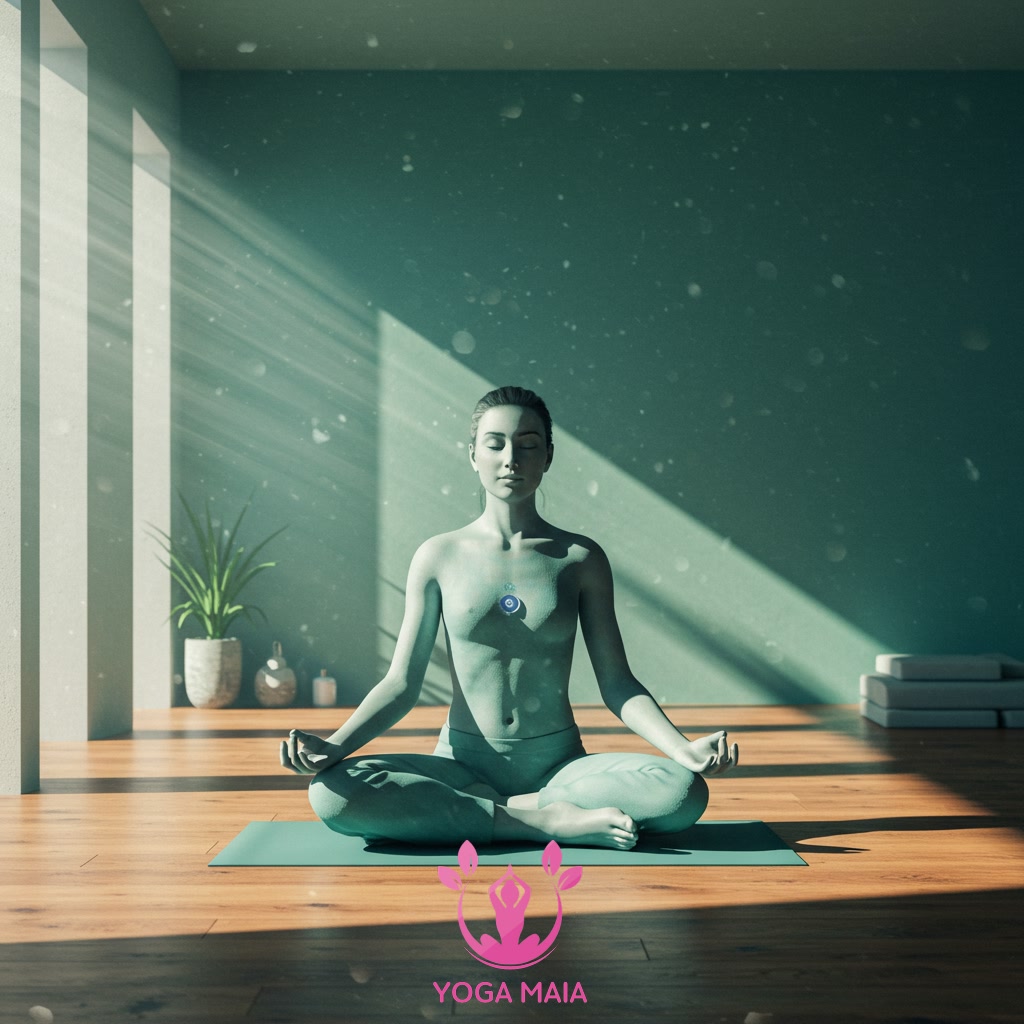 Introduction: Understanding the Essence of Yoga
Introduction: Understanding the Essence of Yoga
Section 2: The Physical Practice: Asanas, Pranayama, and Cleansing
Building upon the concept of union, yoga’s physical practice forms a foundational pillar for integrating mind and body. This involves key components like Asanas, Pranayama, and various cleansing techniques. Asanas refer to the physical postures, ranging from simple stretches to complex poses, designed to build strength, flexibility, and balance, while also stimulating energy flow and calming the nervous system. Pranayama focuses on conscious control of the breath, utilizing specific breathing exercises to regulate energy (prana), purify the channels, and quiet the mind, preparing it for deeper states of awareness. Additionally, traditional yoga incorporates cleansing practices (Kriyas) aimed at purifying the body’s internal systems, further enhancing physical health and vitality. Together, these physical disciplines create a stable and healthy vessel, essential for exploring the deeper dimensions of yoga and achieving holistic well-being.
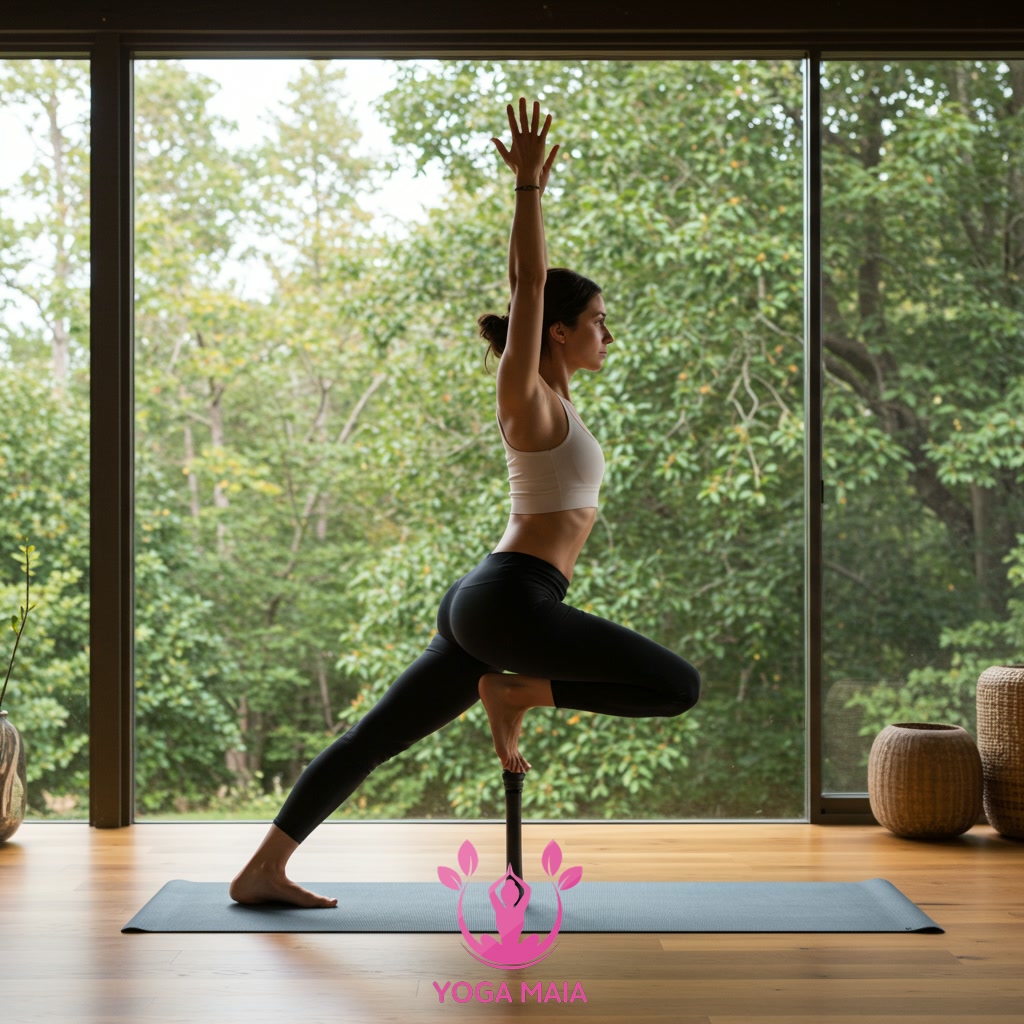 The Physical Practice: Asanas, Pranayama, and Cleansing
The Physical Practice: Asanas, Pranayama, and Cleansing
Section 3: Cultivating Inner Stillness: Yoga’s Mental and Spiritual Dimensions
Building upon the foundation of physical postures and breathwork, yoga delves deeper into the mental and spiritual realms, offering pathways to cultivate profound inner stillness. While Asanas and Pranayama prepare the body and calm the nervous system, they also serve as a gateway to quieting the restless mind. This section explores practices like meditation and mindfulness, which are integral components of yoga. By focusing attention inward and observing thoughts without judgment, practitioners learn to detach from mental chatter and reduce stress. This cultivation of inner peace is not merely the absence of noise but a state of calm clarity that strengthens mental resilience and fosters a deeper connection to oneself, transcending the physical to touch upon the spiritual dimensions of being.
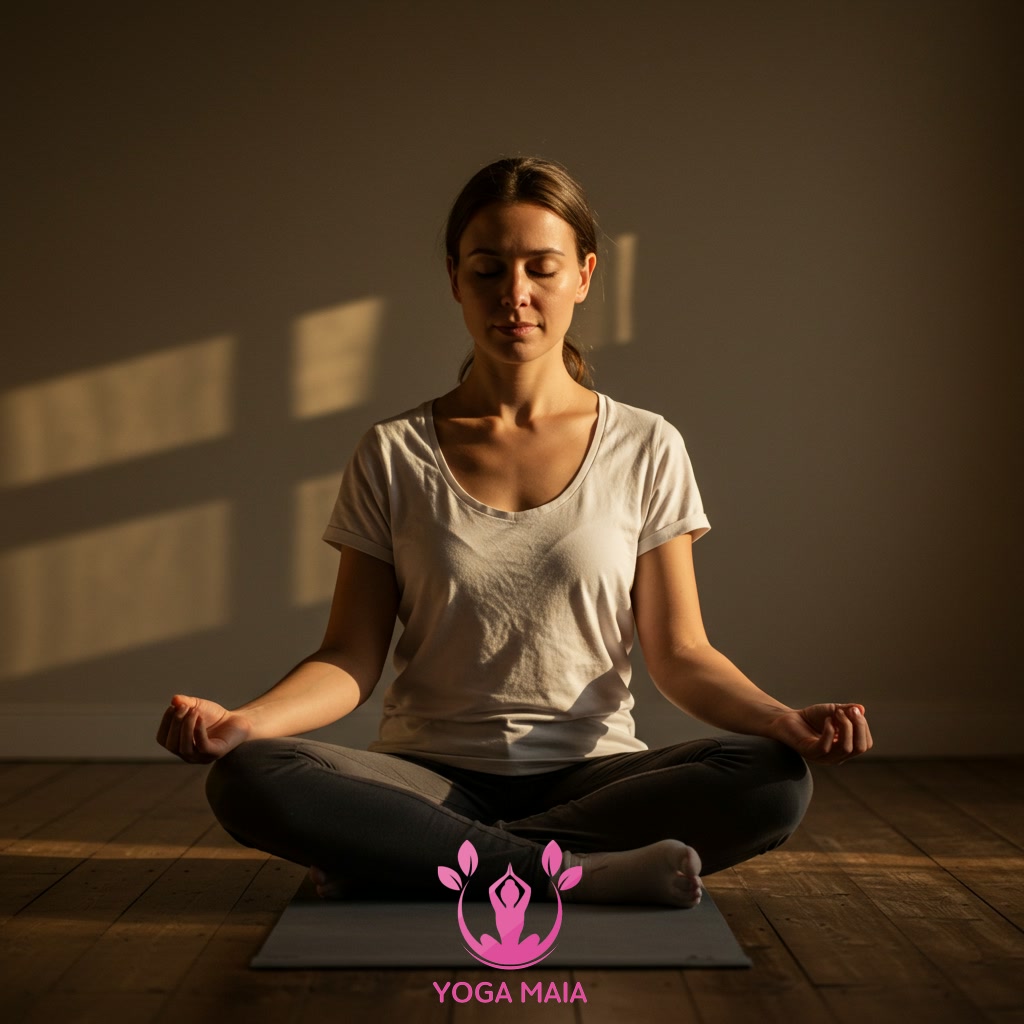 Cultivating Inner Stillness: Yoga’s Mental and Spiritual Dimensions
Cultivating Inner Stillness: Yoga’s Mental and Spiritual Dimensions
Section 4: Bridging Mind and Body: The Synergy in Yoga Practice
Building upon the foundation of physical postures and breathwork, yoga delves deeper into the mental and spiritual realms, offering pathways to cultivate profound inner stillness. While Asanas and Pranayama provide the tangible tools, their true power lies in their ability to forge a conscious link between the physical form and the inner landscape of the mind. This synergy is the core of yoga’s transformative potential. By bringing focused awareness to bodily sensations and breath patterns, practitioners learn to observe thoughts and emotions without judgment, fostering a state of presence. This integrated approach not only enhances physical flexibility and strength but also cultivates mental clarity, emotional balance, and a deeper sense of self-awareness, truly bridging the perceived gap between mind and body.
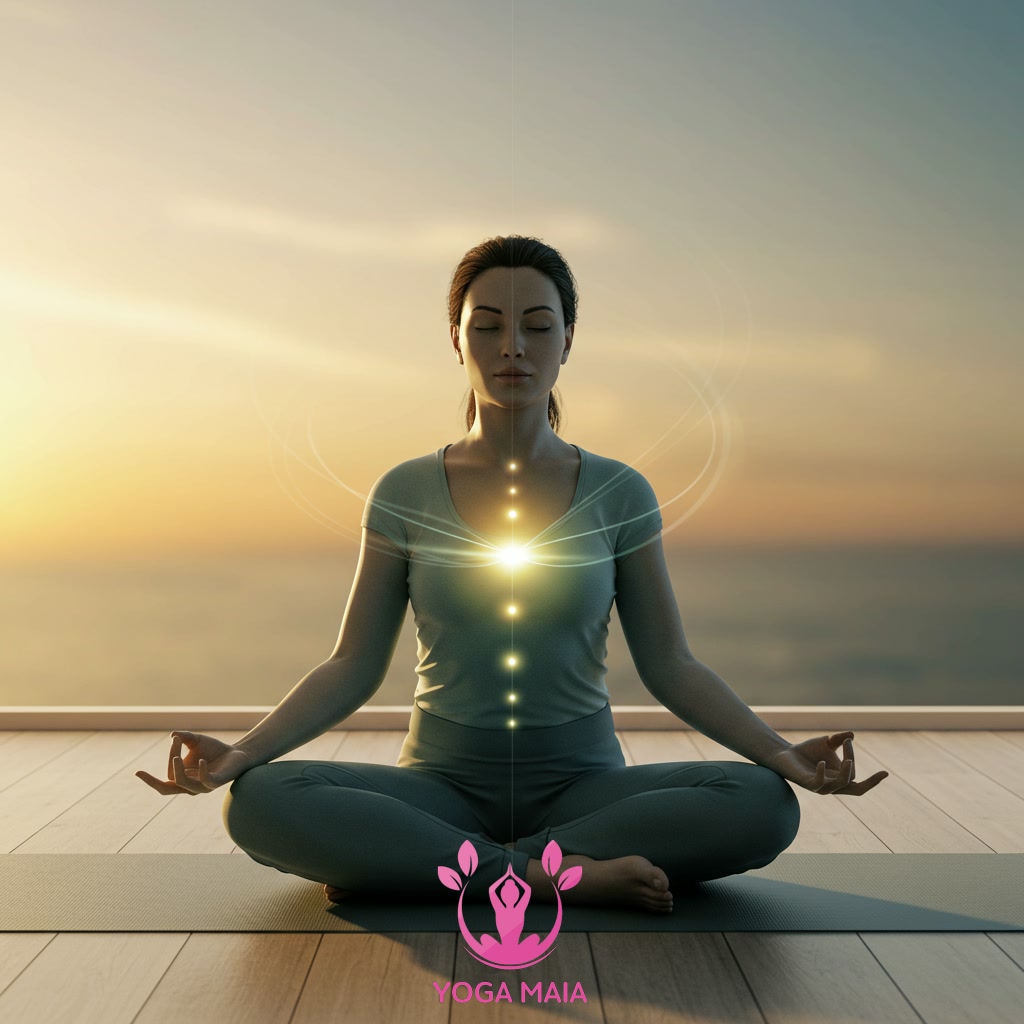 Bridging Mind and Body: The Synergy in Yoga Practice
Bridging Mind and Body: The Synergy in Yoga Practice
Section 5: Enhancing Well-being: Holistic Benefits of a Regular Yoga Practice
Building upon the foundation of physical postures and breathwork, yoga delves deeper into the mental and spiritual realms, offering pathways to cultivate profound inner stillness. While Asanas and Pranayama are fundamental, consistent practice extends far beyond the mat, fostering significant enhancements in overall well-being. Regular yoga improves physical health by increasing strength, flexibility, and balance, while also boosting cardiovascular health and reducing chronic pain. Mentally, it sharpens focus, calms the nervous system, and significantly reduces stress and anxiety. Emotionally, yoga cultivates resilience, self-awareness, and a greater sense of peace. This integrated approach addresses the individual as a whole, harmonizing the physical, mental, and emotional aspects for a truly holistic improvement in quality of life.
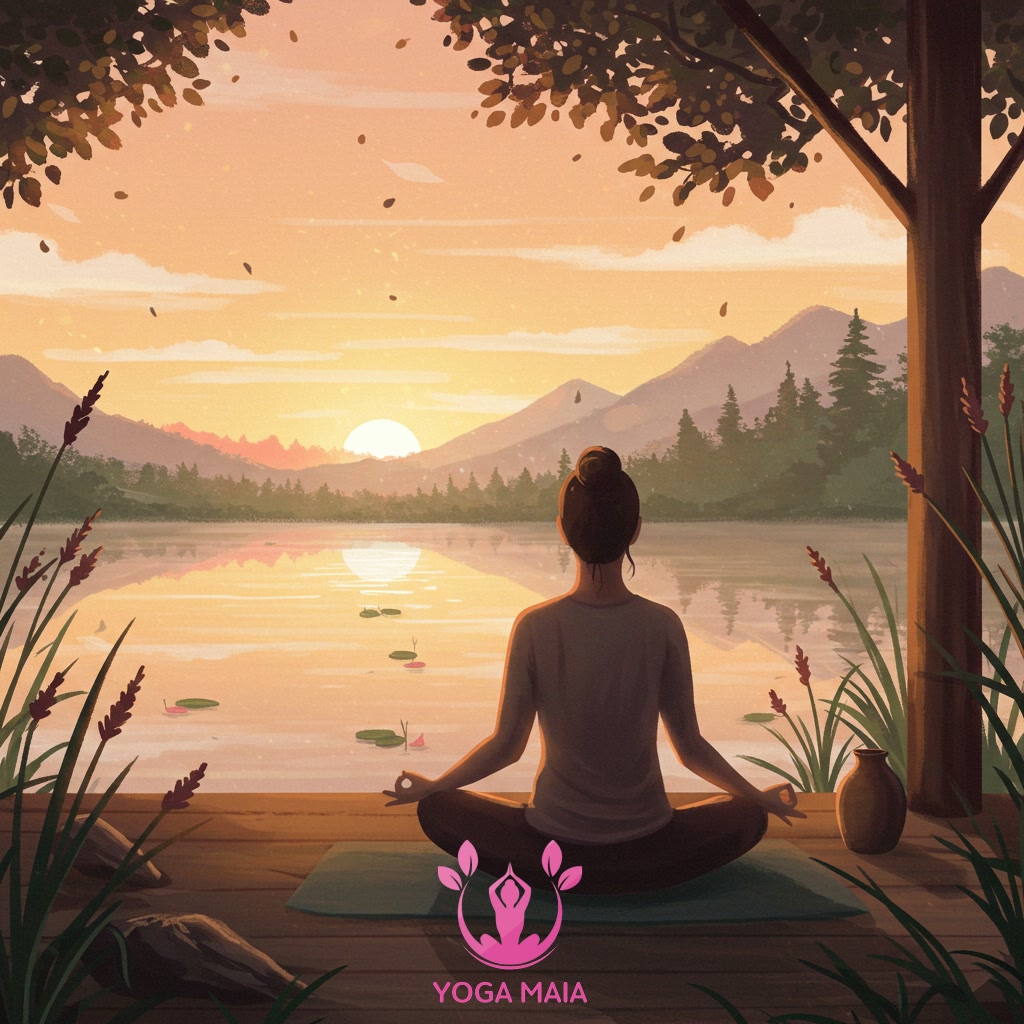 Enhancing Well-being: Holistic Benefits of a Regular Yoga Practice
Enhancing Well-being: Holistic Benefits of a Regular Yoga Practice
Section 6: Getting Started: Finding Your Path in Yoga
Embarking on your yoga journey begins with a simple step: deciding to start. Finding your unique path in yoga is a personal exploration, much like delving deeper into the practice as mentioned previously. For newcomers, this means understanding that yoga encompasses various styles, from gentle Hatha or restorative practices perfect for building foundational strength and flexibility, to more dynamic Vinyasa flows or structured Ashtanga. Consider trying different classes or online resources to see what resonates with your body and mind. Don’t feel pressured to master complex poses immediately; the focus is on connecting with your breath and body in a way that feels right for you. Finding a qualified instructor or a welcoming community can also provide invaluable guidance as you take these initial steps towards integrating yoga into your life and discovering its profound benefits.
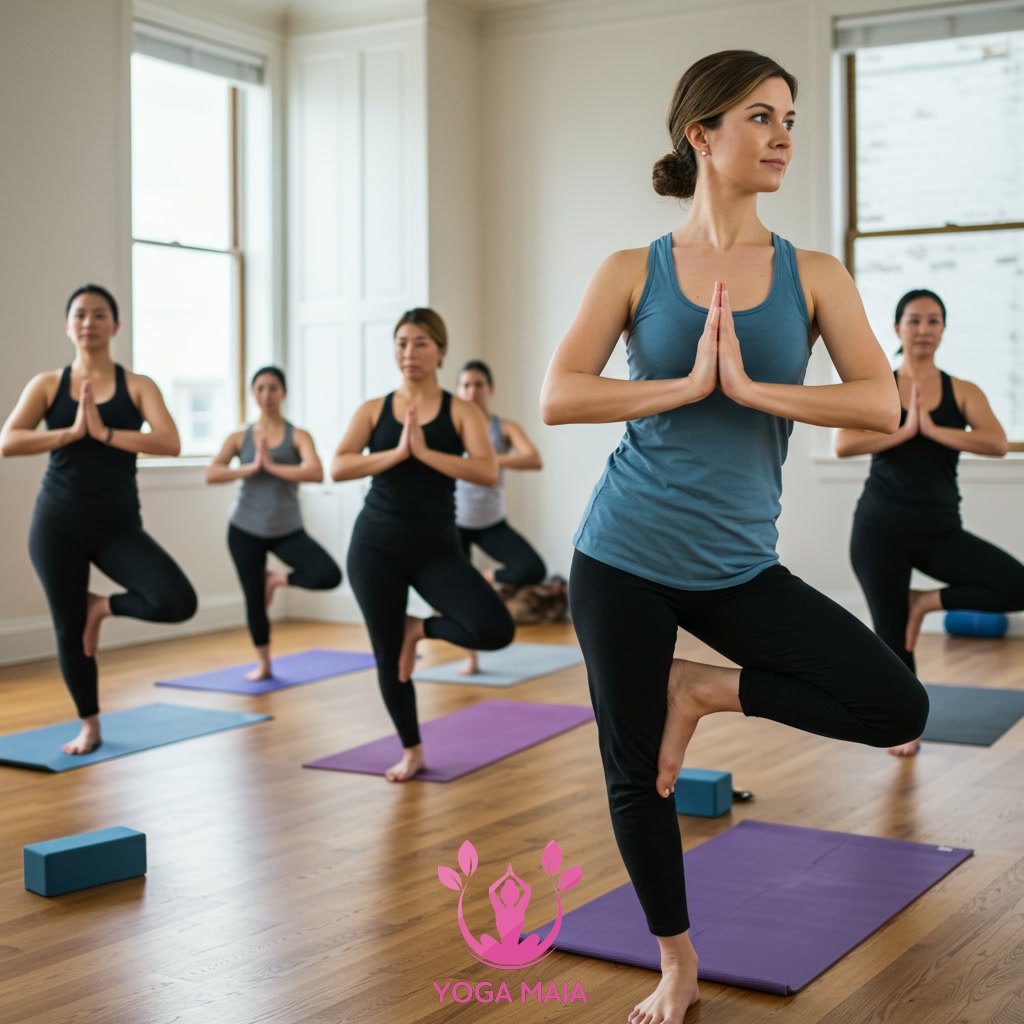 Getting Started: Finding Your Path in Yoga
Getting Started: Finding Your Path in Yoga
Section 7: Conclusion: Embracing Yoga for Harmonious Living
Building upon the initial step of deciding to start your yoga journey, this conclusion reinforces that embracing yoga is not merely a practice but a path towards harmonious living. It highlights how consistently engaging with yoga techniques cultivates inner peace, enhances resilience, and strengthens the vital connection between mind and body. By integrating yoga principles into daily life, individuals unlock a profound sense of balance and well-being, enabling them to navigate challenges with greater grace and clarity. Fully embracing yoga is an ongoing commitment to nurturing oneself and achieving a more balanced, peaceful, and integrated existence.
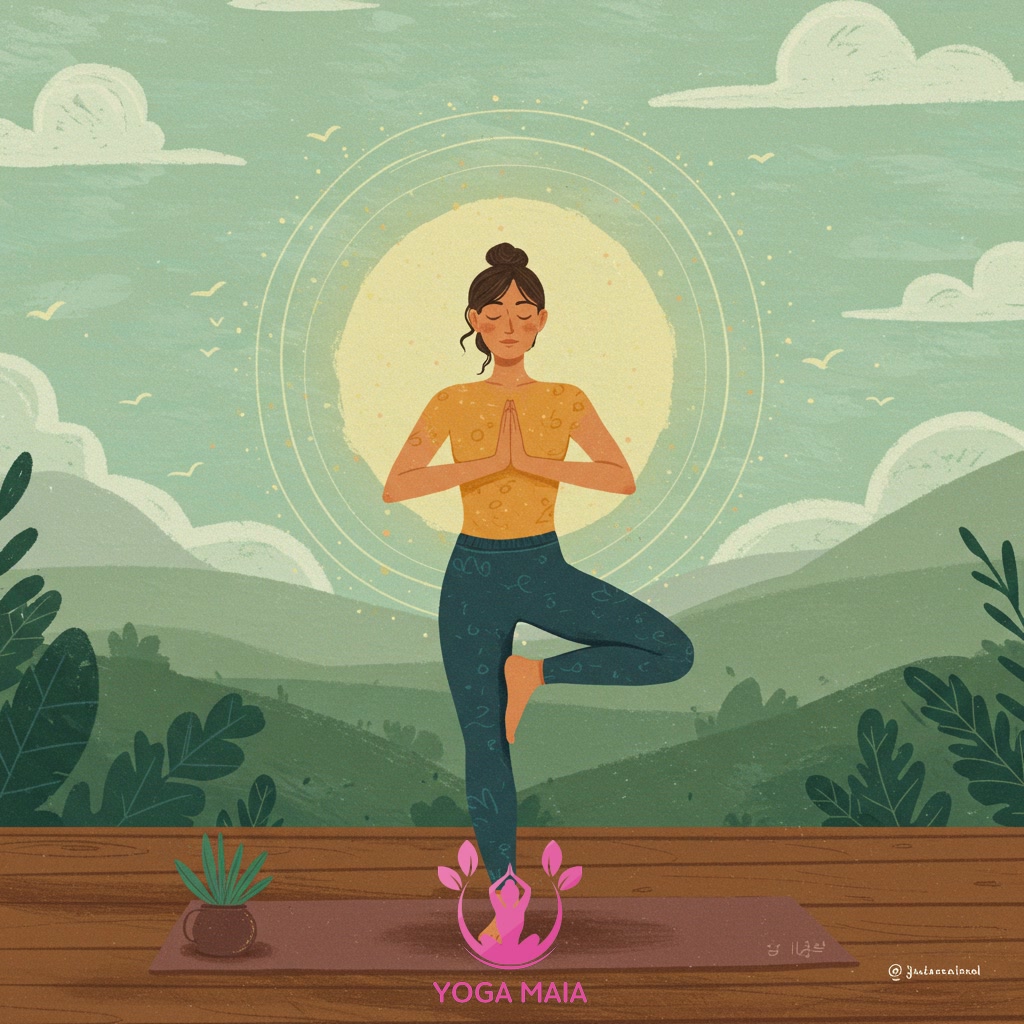 Conclusion: Embracing Yoga for Harmonious Living
Conclusion: Embracing Yoga for Harmonious Living












